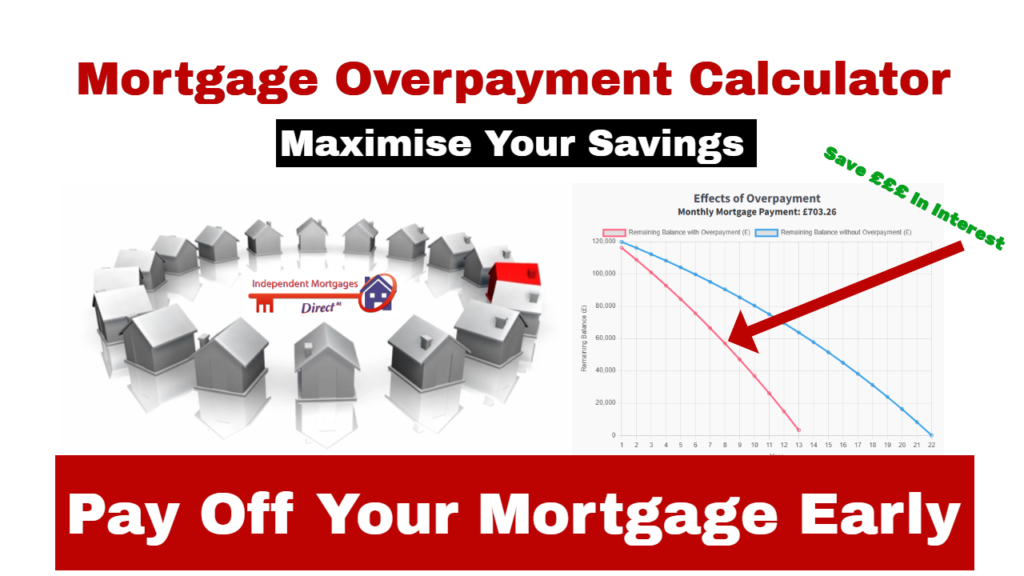Navigating the world of mortgage rates can feel overwhelming, especially when you’re looking to buy your first home or refinance your existing mortgage. Whether you’re searching for current mortgage rates, trying to understand 30-year mortgage rates, or wondering when mortgage rates will go down, this comprehensive guide will help you make informed decisions about your home financing options.
What Are Mortgage Rates and How Do They Work?
Mortgage rates represent the interest percentage you’ll pay on your home loan over time. These rates fluctuate daily based on various economic factors, including Federal Reserve decisions, inflation rates, and overall market conditions. When you see mortgage rates today advertised by lenders, they reflect the current market sentiment and economic outlook.
The mortgage interest rate you receive depends on several factors: your credit score, down payment amount, loan type, and the overall economic climate. Understanding these variables helps you position yourself for the best possible rate when you’re ready to apply for financing.
Current Mortgage Rate Landscape
As of 2025, mortgage rates have experienced significant volatility. After reaching multi-decade highs in 2023, we’ve seen periods where mortgage rates drop, providing relief to potential homebuyers. The average mortgage rate for a 30-year fixed mortgage has fluctuated between competitive levels, though rates remain elevated compared to the historic lows seen during the pandemic years.
For those tracking mortgage rates daily, it’s important to understand that rates can change multiple times throughout a single day. Lenders typically adjust their offerings based on bond market movements, economic announcements, and Federal Reserve communications about monetary policy.
Types of Mortgage Rates Available
30-Year Fixed Mortgage Rates
The 30-year fixed mortgage remains America’s most popular home loan option. Current 30-year mortgage rates offer stability and predictability, with your interest rate locked in for the entire loan term. While you’ll pay more interest over the life of the loan compared to shorter terms, the lower monthly payments make homeownership more accessible for many families.
Today’s mortgage rates for 30-year fixed loans typically offer the highest rates among fixed-rate options, but they provide the security of knowing your payment won’t change over three decades.
15-Year Fixed Mortgage Rates
For borrowers looking to build equity faster and pay less total interest, 15-year mortgage rates present an attractive alternative. These loans typically offer lower interest rates than 30-year options, though monthly payments are significantly higher. Current 15-year mortgage rates can save you tens of thousands of dollars in interest over the loan’s lifetime.
Adjustable Rate Mortgages (ARM)
Adjustable rate mortgage options, including 5/1 ARM products, start with lower initial rates that adjust after a fixed period. These loans can be beneficial in declining rate environments but carry the risk of payment increases when rates rise.
Refinance Mortgage Rates: When to Consider Refinancing
Mortgage refinance rates often closely track purchase rates, though they may vary slightly based on loan-to-value ratios and borrower profiles. Refinancing makes sense when you can secure a rate that’s at least 0.5-0.75% lower than your current rate, though this rule isn’t absolute.
Current mortgage refinance rates have created opportunities for homeowners who purchased when rates were higher. Refinance mortgage interest rates depend on the same factors as purchase rates, but existing homeowners may benefit from increased home values that improve their loan-to-value ratios.
VA, FHA, and Specialized Mortgage Programs
VA Mortgage Rates
Veterans and eligible service members can access VA mortgage rates, which often provide competitive terms without requiring down payments or private mortgage insurance. Current VA mortgage rates typically match or beat conventional loan rates, making them an excellent option for qualifying borrowers.
VA mortgage interest rates today reflect the government backing that reduces lender risk, translating to better terms for veterans. These loans also offer more flexible credit and income requirements compared to conventional financing.
FHA Mortgage Rates
FHA mortgage rates help borrowers who might not meet requirements for conventional financing due to credit score or down payment limitations. Current FHA mortgage rates often run slightly higher than conventional loans but require lower down payments and accept lower credit scores.
These government-backed loans help first-time homebuyers and others enter the market who might otherwise be excluded from homeownership opportunities.
Major Lenders and Their Mortgage Rates
Traditional Banks
Major institutions like Chase mortgage rates, Wells Fargo mortgage rates, and Bank of America mortgage rates often compete closely with each other. These large lenders offer comprehensive services but may not always provide the most competitive rates for every borrower profile.
Navy Federal mortgage rates serve military members and their families, often providing competitive terms that rival or beat traditional banks. Similarly, USAA mortgage rates offer military-focused lending with personalized service.
Credit Unions
Credit union mortgage rates frequently undercut traditional banks due to their member-focused, non-profit structure. Institutions like Navy Federal Credit Union mortgage rates and local credit unions often provide excellent value for qualifying members.
Online Lenders
Companies like Rocket Mortgage rates have revolutionized the lending landscape with streamlined digital processes. These platforms often offer competitive rates and faster processing times, though some borrowers prefer the personal touch of traditional lenders.
Factors Affecting Your Mortgage Rate
Your personal mortgage interest rate depends on several key factors:
Credit Score: Higher scores typically qualify for the best available rates. Borrowers with excellent credit (740+) access the most competitive mortgage rates today.
Down Payment: Larger down payments reduce lender risk and often result in better rates. Putting down 20% or more can significantly impact your rate and eliminate private mortgage insurance requirements.
Loan Amount: Jumbo mortgage rates apply to loans exceeding conforming loan limits, typically resulting in slightly higher rates than conventional loans.
Geographic Location: Mortgage rates can vary by state and region due to local market conditions and state-specific regulations.
Mortgage Rate Predictions and Market Outlook
Mortgage rate predictions for 2025 suggest continued volatility as the Federal Reserve navigates inflation concerns and economic growth objectives. Many analysts expect mortgage rates to stabilize within a range that reflects the new economic reality post-pandemic.
Will mortgage rates go down? The answer depends on broader economic conditions, inflation trends, and Federal Reserve policy decisions. While rates may not return to historic lows seen in 2020-2021, periods of decline are possible based on economic developments.
Tools and Resources for Rate Shopping
Mortgage Rate Calculators
Using a mortgage rate calculator helps you understand how different rates impact your monthly payments and total loan costs. These tools allow you to compare scenarios and determine what rate level makes financial sense for your situation.
Rate Comparison Websites
Platforms like Bankrate mortgage rates, NerdWallet mortgage rates, and other comparison sites aggregate rates from multiple lenders, helping you identify competitive offers without contacting individual institutions.
Tips for Securing the Best Mortgage Rates
- Improve Your Credit Score: Even small increases can qualify you for better rate tiers
- Shop Multiple Lenders: Rates can vary significantly between institutions
- Evaluate Discount Points: Purchasing points at closing can lower your ongoing interest rate
- Time Your Application: Monitor rate trends and lock when rates are favorable
- Maintain Stable Employment: Lenders prefer consistent income sources
Understanding Rate Locks and Market Timing
When you find attractive mortgage rates today, consider locking your rate to protect against increases during the loan processing period. Most lenders offer rate locks ranging from 30-90 days, with extensions available for longer closing timelines.
Market timing isn’t always possible, but understanding rate trends can help you make informed decisions about when to apply and lock your rate.
Conclusion
Understanding mortgage rates requires staying informed about market conditions, knowing your financial profile, and comparing options across multiple lenders. Whether you’re looking at current mortgage rates for a purchase or exploring mortgage refinance rates for an existing loan, the key is preparation and research.
Today’s mortgage rate environment offers both challenges and opportunities. While rates remain elevated compared to recent historic lows, competitive options exist for well-qualified borrowers. By understanding the factors that influence rates and working to optimize your borrower profile, you can position yourself to secure the best possible terms for your home financing needs.
Remember that the lowest advertised rate isn’t always available to every borrower. Focus on finding the best rate for your specific situation, considering all loan costs and terms, not just the interest rate itself.
Helpful Resources
For the most current information and tools:
- Federal Reserve Economic Data (FRED) – Official mortgage rate data
- Consumer Financial Protection Bureau – Mortgage education and tools
- Fannie Mae – Conventional loan information
- VA.gov – VA loan details and eligibility
- HUD.gov – FHA loan information and approved lenders
Stay informed, compare your options, and work with trusted professionals to navigate today’s mortgage market successfully.



